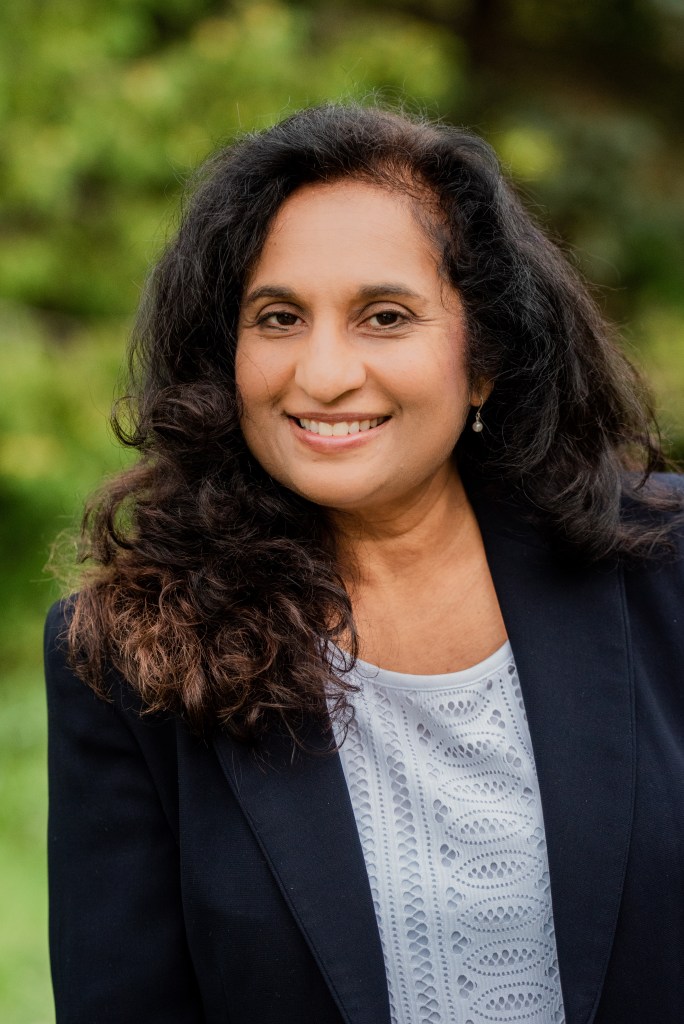
I stood three feet away from my mother, holding the dark red knotted up ball of yarn. She held one end of the yarn, and began patiently unraveling the knots, creating a new mound of usable fiber.
The yarn was perfectly wrapped in an oblong skein when purchased; at some point, it unraveled and tangled. Undoing the knotty mass was the only way to put it back together again.
“Othering” can feel like being a tangled web of yarn. People of color, and those who are different, are viewed as tangles (or perhaps, mistakes) and aren’t being seen for their beauty and potential; we aren’t seen as in the image of God.
To undo all of this, of course, isn’t as easy as standing three feet apart and rewrapping a single thread. There are centuries of layers of yarn to unravel; a thicket of pains and sorrows to crawl through.
As an Asian American, I often live in a liminal space in between a white and Black binary. Othering and invisibility were part of my “normal” upbringing, though I didn’t fully name it until I was an adult. Until then, I maneuvered my way through the brambles as an “other”.
Naming my identity wasn’t a straightforward task. I grew up around few Asians. Forms that asked me to check the box identifying my race or ethnicity were baffling. I didn’t know what to call myself: Indian American? Asian American? Indian? Asian? I didn’t have the vocabulary to name myself.
It took years before I could confidently name myself.
If we are to assemble this fray of otherness and find ourselves once again, with our full identities as image-bearers, we must begin one thread at a time, one knot at a time.
It begins on a daily basis, in our circles, in our spheres, when we look upon others who do not look like us.
It is a work that begins on a deep level, by pulling out those threads of bias in our own hearts, and courageously following where it leads. Only by unraveling to the core of the issue can we find the way to put ourselves back whole again.
This work, though, is not simply an individual task. It is collective. It involves not only the work done on the individual heart, but work done as a collective. We untangle individually, and daily, but we also untangle by addressing the systems that “other as well”; both are necessary parts of the uncoiling and building process.
It takes but a few minutes for an earthquake to demolish a building. Discriminatory practices and structures take much longer to dismantle. First, the curtain must be pushed aside and the truth exposed and acknowledged. We’re still in this stage in certain aspects of othering.
What does this mean for us? We, humanity, aren’t fulfilling our potential in our knotted state. We have the potential to create something better, made up of our many parts. Our many parts, our differences, are sacred spaces, spaces we ought to lean closer into instead of running away from. This is long-term, both inward (heart) and outward (culture) work.
My mother skillfully knitted that red ball of yarn into a scarf; actually, many scarves—seven, in fact, for all of her grandchildren. The yarn was useless in its knotted state, but transformed into something lovely when its raw beauty was exposed.

By Prasanta Verma

